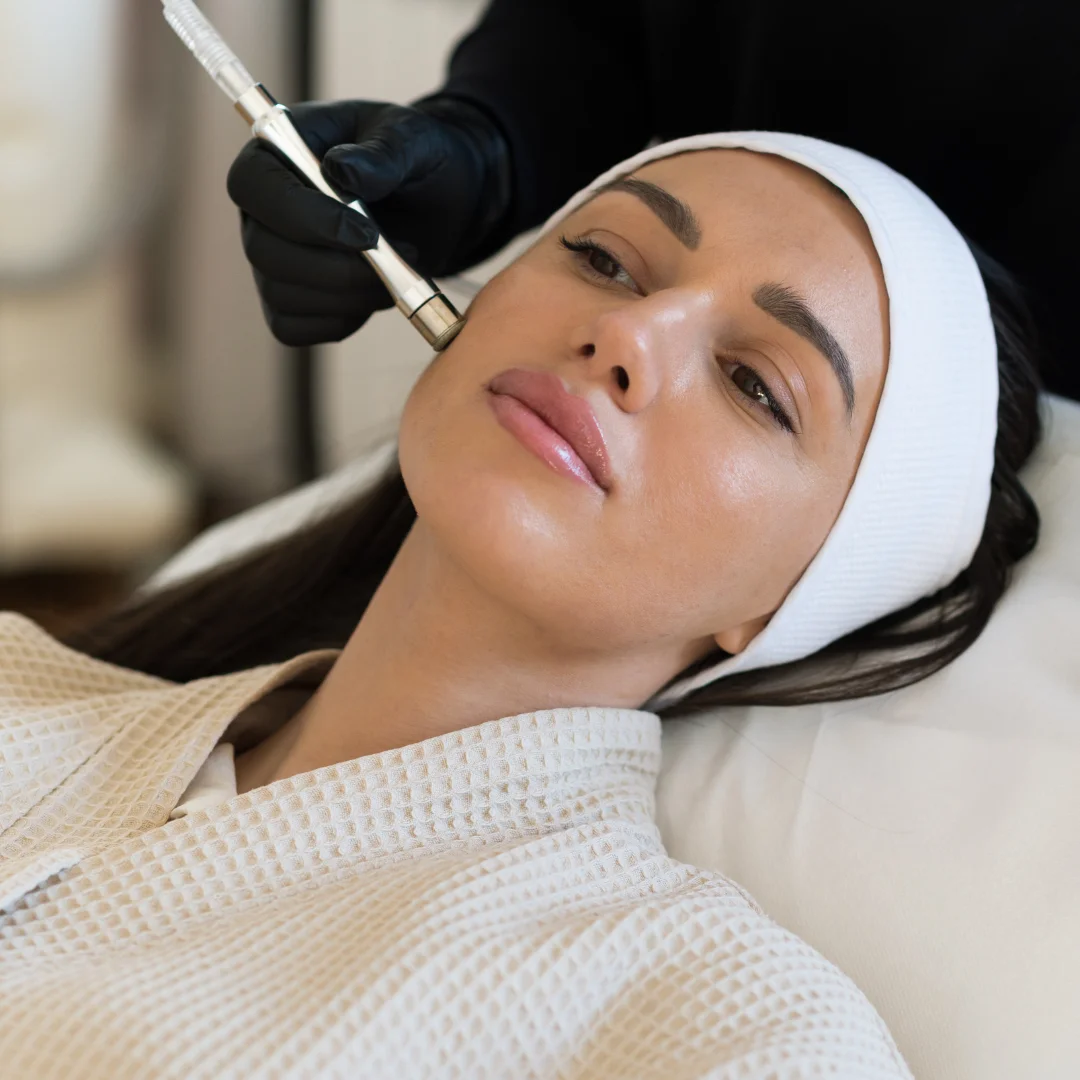$195.00
50 minutes.
Gentle mechanical exfoliation which renews overall skin tone and texture.
Book Appointment Online: https://na1.meevo.com/CustomerPortal/login?tenantId=200453&locationId=201449
Recommended once a month for three consecutive months. 30 Minutes: $500.00
Suggested Price: $500.00 Add to cart Quick View 50 minutes
Ideal for all skin types.
This relaxing facial is tailored for the mom-to-be. Enjoy a...
50 minutes
Ideal for all skin types.
This relaxing facial is tailored for the mom-to-be. Enjoy a...

Reviews
There are no reviews yet.